Introduction
Welcome to the Ultimate Guide to Beagle: Discover everything about this charming breed
- Learn why Beagles make great family pets and their unique characteristics
- Explore the history and origins of Beagles, and how they've evolved over the years
- Understand Beagle temperament, including their friendly, curious, and energetic nature
- Get tips on Beagle care, including grooming, feeding, and health maintenance
- Find out what to expect in training and socializing your Beagle for a happy life together
1. Beagle Overview: A Quick Introduction
They come in two sizes: the 13-inch and 15-inch varieties.
Key Characteristics:
- Size: 13-15 inches tall at the shoulder
- Weight: 20-30 pounds
- Coat: Short and dense, comes in various colors
- Lifespan: Typically 10-15 years, depending on health and care
2. Grooming Your Beagle: Tips and Best Practices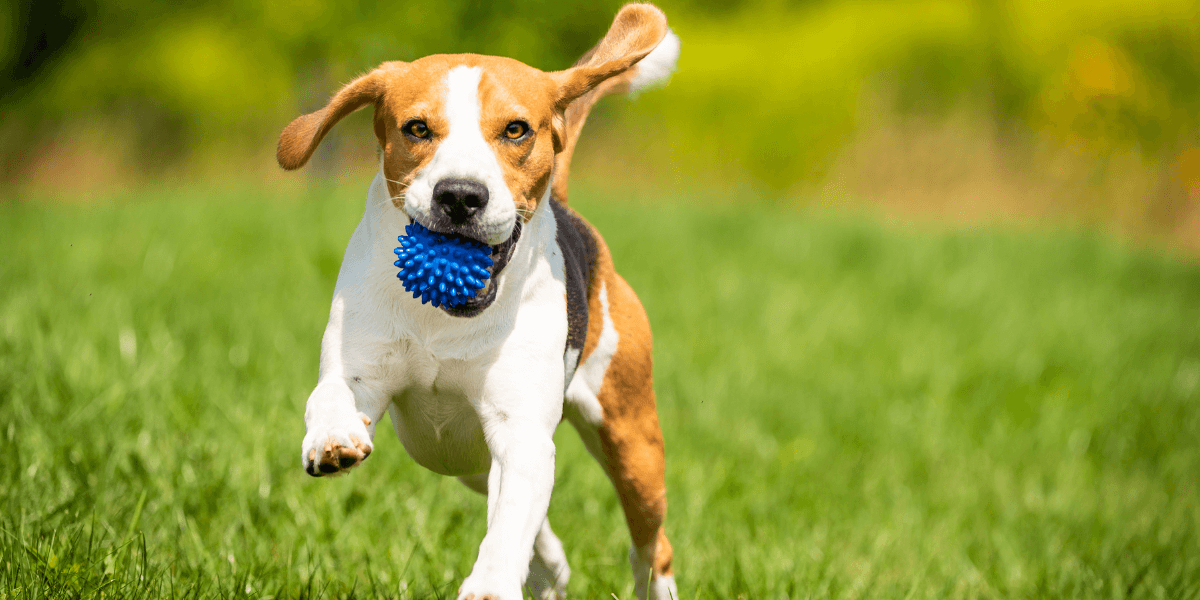
There are specific grooming practices to follow:
- Brushing: Brush your Beagle once a week to remove loose hair and dirt
- Bathing: Bathe your Beagle as needed, approximately every 6-8 weeks
- Skin Inspection: Regularly check their skin for signs of irritation or parasites
- Nail Trimming: Check their nails regularly and trim them if necessary
- Ear Care: Beagles have floppy ears that can trap moisture and debris
3. Feeding Your Beagle: Nutrition and Diet
A well-balanced diet is crucial for your Beagle's health.
Dietary Guidelines:
- High-Quality Dog Food: Choose a premium dog food that lists meat as the first ingredient
- Portion Control: Beagles are prone to weight gain, so avoid free-feeding
- Balanced Diet: Ensure the food includes essential nutrients like proteins and vitamins
- Hydration: Always provide fresh water and monitor your Beagle’s water intake
- Treats: Use treats sparingly and opt for healthy options like carrots or apples
4. Training Your Beagle: Tips for Success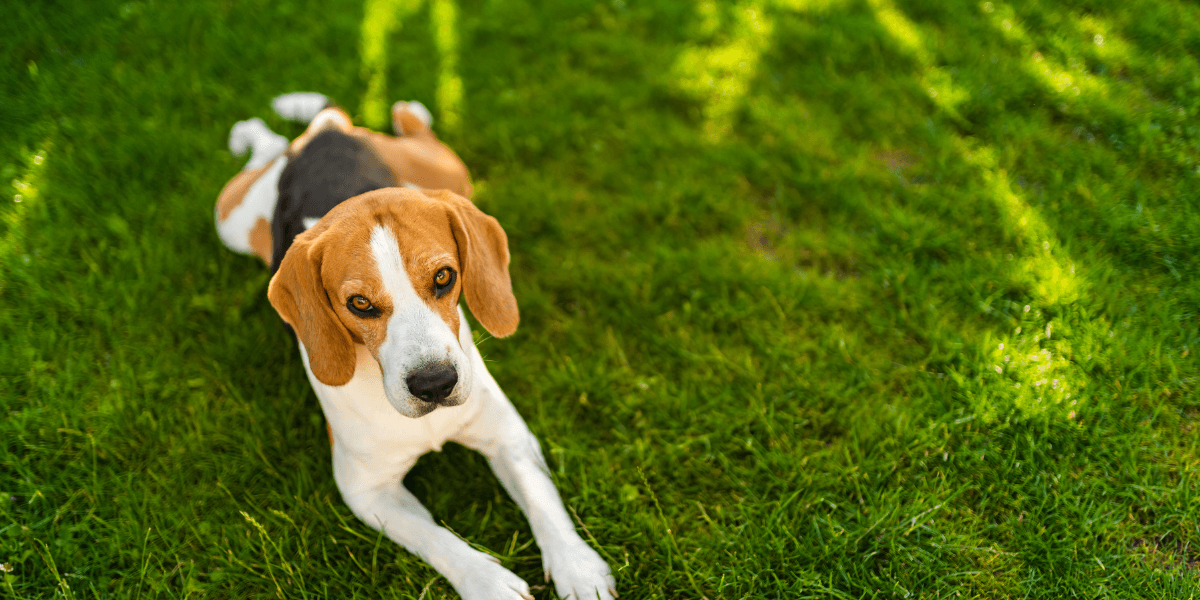
With the right approach, you can achieve excellent results.
Training Tips:
- Positive Reinforcement: Use treats and praise to reward good behavior
- Short Sessions: Keep training sessions brief and frequent for better focus
- Patience: Stay patient and avoid frustration; Beagles need time to learn
- Clear Commands: Use consistent and simple commands to avoid confusion
- Consistency: Stick to a consistent routine and commands
- Socialization: Introduce your Beagle to various environments, people, and other animals
Discover expert tips for training your Beagle and explore how training a Gentle Giant can inspire success.
5. Exercise Needs: Keeping Your Beagle Active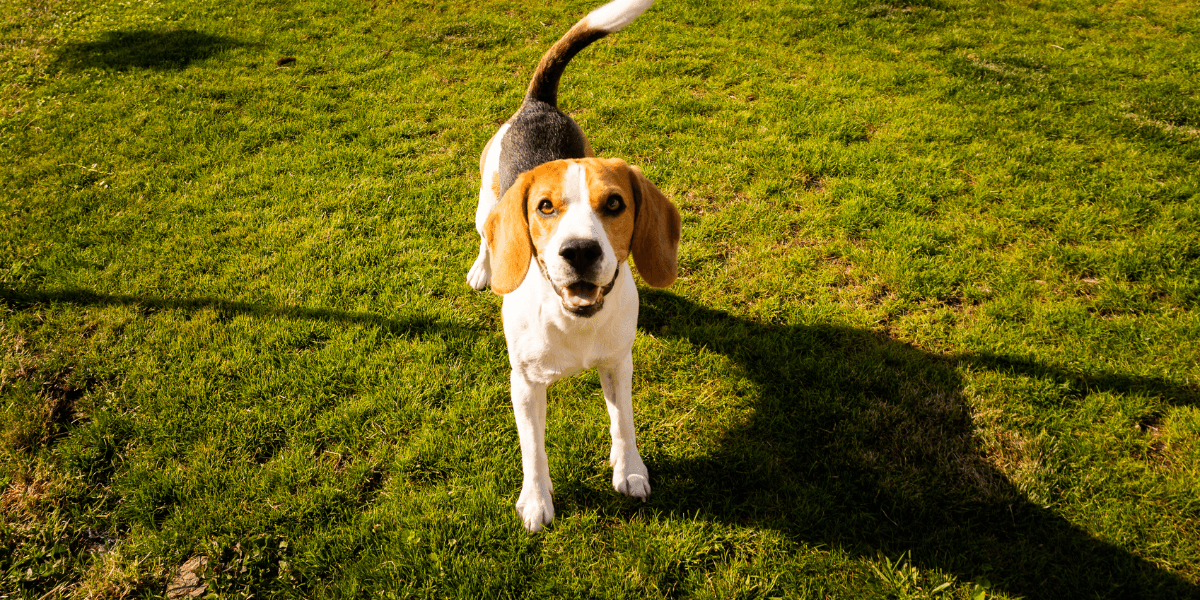
Beagles are energetic dogs that require regular exercise to stay healthy and happy.
Exercise Recommendations:
- Daily Walks: Aim for at least 30-60 minutes of walking daily to keep your Beagle fit
- Playtime: Engage in interactive play like fetch or tug-of-war.
- Mental Stimulation: Use puzzle toys and training exercises to keep their mind active
- Vary Activities: Introduce new activities to prevent boredom and keep exercise fun
- Socialization: Arrange playdates with other dogs to boost physical
- Outdoor Adventures: Take your Beagle on hikes or visits to dog parks for varied exercise
6. Health Concerns: Common Issues and Prevention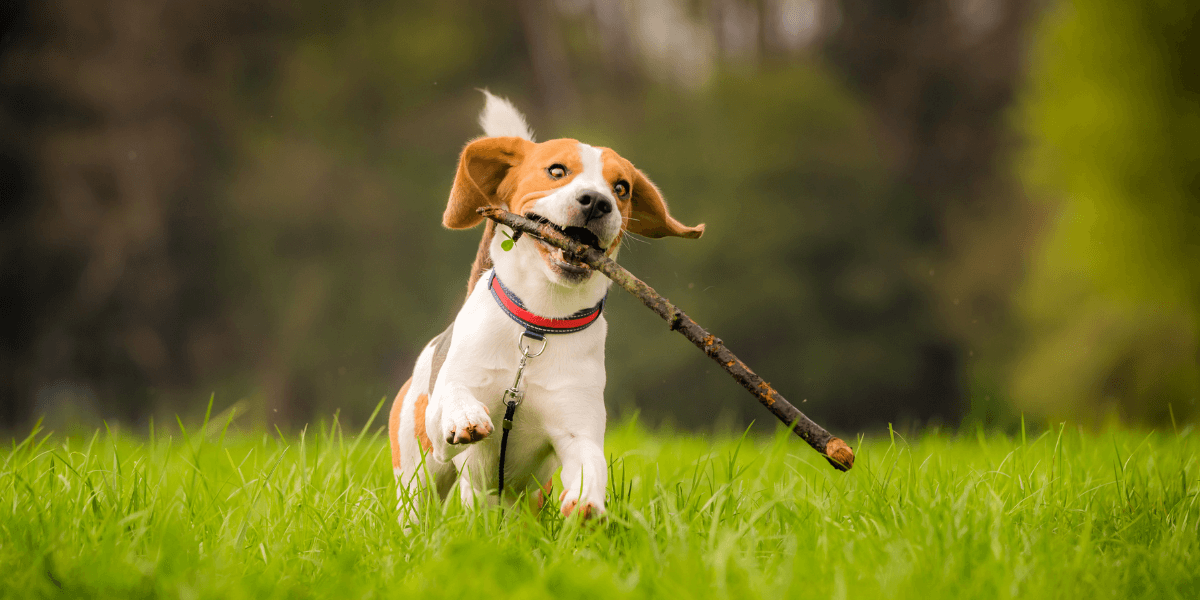
Beagles are generally healthy, but they are prone to certain health issues.
Common Health Issues:
- Obesity: Monitor their weight and adjust their diet as needed
- Ear Infections: Regular ear cleaning helps prevent infections
- Hip Dysplasia: Regular exercise and maintaining a healthy weight can help
- Dental Health: Regular brushing and dental check-ups prevent plaque buildup
- Allergies: Identify and avoid allergens; consult your vet for appropriate treatments
- Joint Issues: Use joint supplements and avoid excessive jumping to support joint health
Learn to prevent common Beagle health issues with insights inspired by Great Danes health concerns.
7. Living with a Beagle: Tips for a Happy Home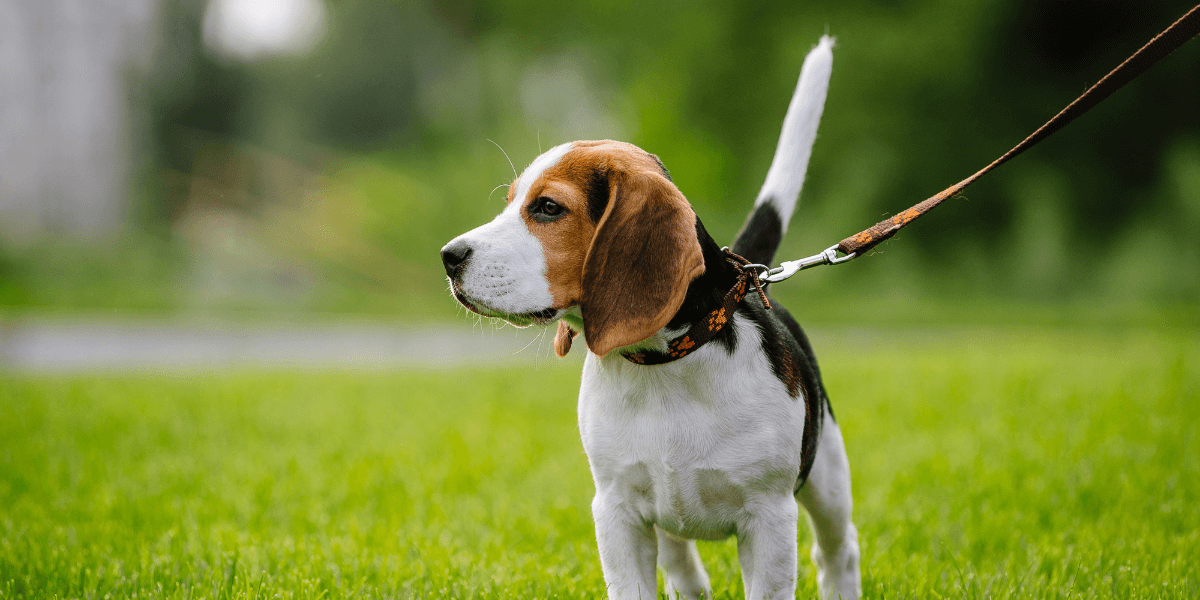
Integrating a Beagle into your home requires some adjustments.
Living Tips:
- Provide a Safe Space: Ensure your home is safe for your Beagle
- Regular Interaction: Beagles thrive on companionship. Spend quality time with them
- Exercise Needs: Ensure daily walks and playtime to keep your Beagle active and healthy
- Mental Stimulation: Provide puzzles and toys to keep your Beagle's mind engaged
- Proper Training: Consistent training and positive reinforcement for a well-behaved Beagle
- Create a Routine: Establishing a routine helps your Beagle feel secure and happy
Ensure a happy home for your Beagle with lessons from family life with Bernese Mountain Dogs.
FAQs
1. What is the Ultimate Guide to Beagle about?
- It covers Beagle care, training, health, and more
2. How often should I groom my Beagle?
- Groom your Beagle weekly to keep their coat healthy and clean
3. What are Beagle's exercise needs?
- Beagles need at least 30 minutes of exercise daily to stay fit
4. What is the best diet for a Beagle?
- Feed a balanced diet rich in protein and low in fillers
5. How do Beagles behave with children?
- Beagles are generally friendly and good with kids
6. Are Beagles easy to train?
- Beagles can be challenging to train due to their strong scent drive
7. What health issues are common in Beagles?
- Common issues include obesity, ear infections, and hip dysplasia
Conclusion
- With this Ultimate Guide to Beagle, you're well-equipped for Beagle ownership
- Remember, Beagles thrive on love, exercise, and proper care for a happy life
- Regular vet check-ups and a balanced diet are key to keeping your Beagle healthy
- Consistent training helps in managing Beagle’s energy and maintaining good behavior
- Enjoy the journey with your Beagle, as their loyalty and joy will enrich your life
Leave a comment below with your Beagle stories or any questions you may have!
References
For more information on The Ultimate Guide to Beagle, check:
- Choosing the Best Orthopedic Dog Bed
- A Guide to Preventing Joint Problems in Dogs
- The Ultimate Guide to Beagle Dog: History, Traits, and Care Tips
- The Beagle Dog Breed: A Comprehensive Guide to an Adorable and Loyal Companion
Thank you!



